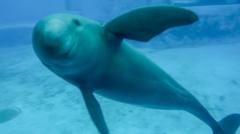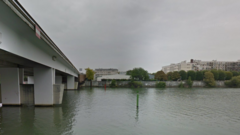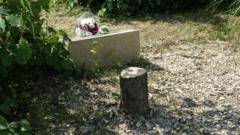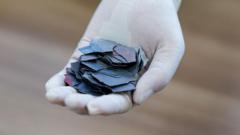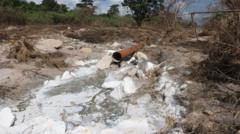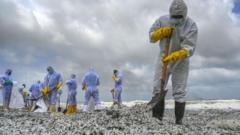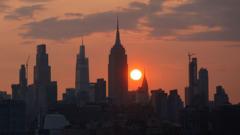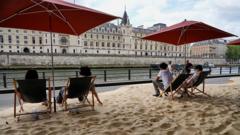This seasonal opportunity is seen as a significant development leading up to the 2024 Paris Olympics, promising safe and enjoyable swimming experiences in the historic river.
**River Seine Welcomes Swimmers Again After 100-Year Hiatus**
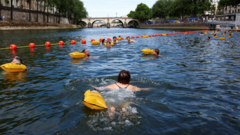
**River Seine Welcomes Swimmers Again After 100-Year Hiatus**
The iconic River Seine in Paris has opened its waters to the public, ending a long-standing ban on swimming that dates back to 1923.
The River Seine in Paris has officially reopened for public swimming, marking the end of a century-long ban that restricted swimmers since 1923. This major development is closely linked to preparations for the Paris 2024 Olympics, during which open water swimmers and triathletes will compete in the Seine’s newly cleansed waters.
On Saturday morning, just moments before the 08:00 local opening, dozens of eager swimmers arrived, ready to dive into the iconic river. Currently, three designated swimming areas are available along the Seine — one near the Eiffel Tower, another close to Notre Dame Cathedral, and the last in eastern Paris. These sites are equipped with changing rooms, showers, and beach-style furniture, allowing for up to 300 visitors to comfortably lounge by the water.
The swimming areas will be open for free until the end of August during scheduled times for individuals aged 10 to 14 years and older, depending on the location. Trained lifeguards will be on duty to monitor swimmers and ensure safety in the water.
The push to lift the swimming ban has been a longstanding vision since 1988, when then-mayor Jacques Chirac first proposed the idea. Over recent decades, significant investments and efforts have led to a remarkable reduction in pollution, specifically the levels of harmful bacteria in the river. With over €1.4 billion spent on cleaning initiatives ahead of the Olympics, there was initial concern regarding the water quality after it had failed tests before the games. Rainfall, however, was blamed for the rise in pollution levels, affecting athletes' training for various swimming events.
In an effort to dispel concerns, Mayor Anne Hidalgo and members of the Olympic committee took a symbolic plunge into the Seine last summer to demonstrate its safety for swimmers. This resurgence of public swimming in the Seine not only enriches the cultural fabric of Paris but also showcases a significant milestone in environmental recovery efforts in one of France's most iconic waterways.
On Saturday morning, just moments before the 08:00 local opening, dozens of eager swimmers arrived, ready to dive into the iconic river. Currently, three designated swimming areas are available along the Seine — one near the Eiffel Tower, another close to Notre Dame Cathedral, and the last in eastern Paris. These sites are equipped with changing rooms, showers, and beach-style furniture, allowing for up to 300 visitors to comfortably lounge by the water.
The swimming areas will be open for free until the end of August during scheduled times for individuals aged 10 to 14 years and older, depending on the location. Trained lifeguards will be on duty to monitor swimmers and ensure safety in the water.
The push to lift the swimming ban has been a longstanding vision since 1988, when then-mayor Jacques Chirac first proposed the idea. Over recent decades, significant investments and efforts have led to a remarkable reduction in pollution, specifically the levels of harmful bacteria in the river. With over €1.4 billion spent on cleaning initiatives ahead of the Olympics, there was initial concern regarding the water quality after it had failed tests before the games. Rainfall, however, was blamed for the rise in pollution levels, affecting athletes' training for various swimming events.
In an effort to dispel concerns, Mayor Anne Hidalgo and members of the Olympic committee took a symbolic plunge into the Seine last summer to demonstrate its safety for swimmers. This resurgence of public swimming in the Seine not only enriches the cultural fabric of Paris but also showcases a significant milestone in environmental recovery efforts in one of France's most iconic waterways.

